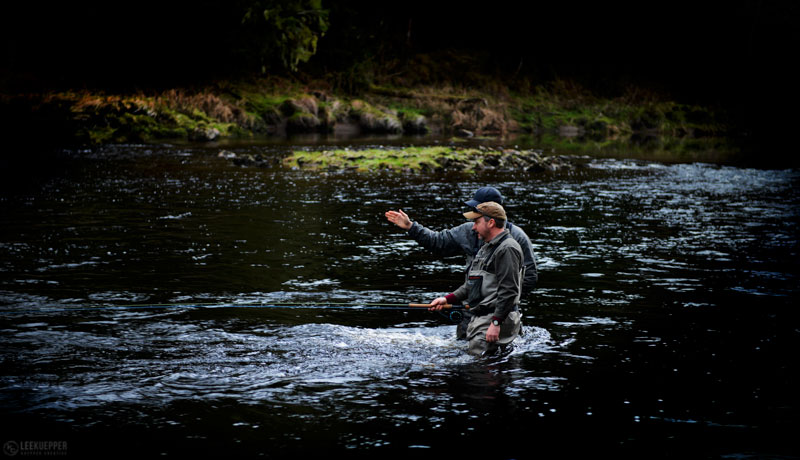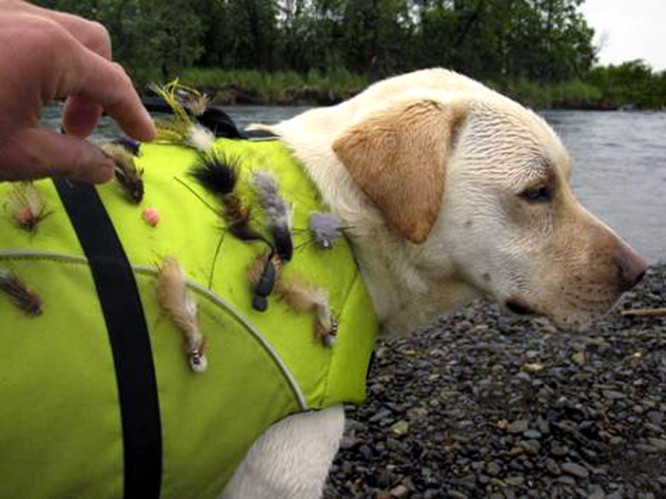
The perfect presentation of a swung fly relies heavily on tip control. It's so easy to get caught up in perfecting your cast that you fail to analyze the most important part of the process, the swing. Controlling the tip of your rod directly impacts the speed and depth at which your fly is coming across the river. Regardless of how well you cast, or how far you can shoot line, an improperly presented fly will almost always be denied attention.
Master Your Flies Depth and Speed
After your cast has hit the water, your tip will immediately govern the potential depth that your fly could reach. If not adjusted after the cast, the path of your fly may stay relatively flat and high in the water column. The sink tip or weighted fly will only sink freely if given the time to dead drift. The more slack you give the line, the more time you give the fly to sink. In some circumstances stripping line off the reel may be necessary, allowing the fly to reach the deepest level possible.
On the contrary, if you want the fly to stay high in the water column, placing a downstream bow in the line will speed up the swing and pull your fly towards the surface. The important thing to remember here is that as long as your line is not under tension from the current it will freely sink. As soon as the line comes under tension however, the sink rate will not remain the same and in some instances your fly will loose depth.
Expand Your Turf
I use tip control on a regular basis to dictate the area that I am covering during my swing. I can extend my drift by sweeping the rod tip all the way though to the opposite side, or truncate a drift by holding the rod tip out towards the casting direction. Sometimes simply pausing a swung fly briefly mid-drift can entice a few grabs.
Keep in mind though, the further you have the rod extended to the side of your body, the less power you will have on the hook set. So make sure the fish has turned on the fly before lifting that tip. You lift it, you lose it!
Make It Dance
One of my staple nuances during the swing is imparting action into my fly. For some reason, I just don't feel confident in a swing without movement. Pop the tip to add a little jump to your baitfish, or even apply a side-to-side motion to skate a surface bug. Mimic, experiment, and explore new ways to impart movement in your drift. You will often be rewarded.
The Takehome
Don't get stuck in the typical down and across rut. Analyze each drift individually and start finding yourself toe-to-toe with the fish that you never even knew were there.

